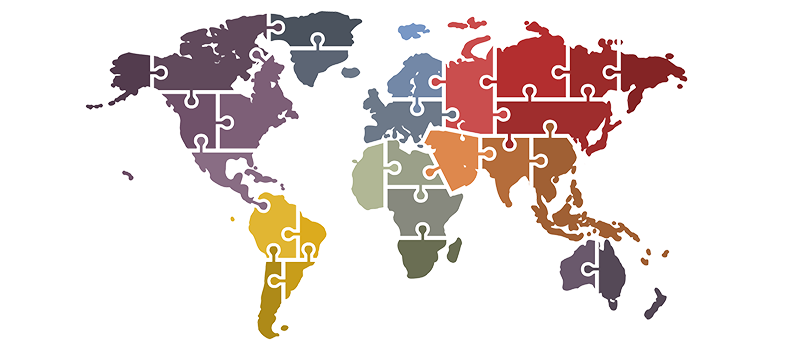3.3 Surveillance sites
Surveillance site designation is managed by the NCC. There is no specified number of surveillance sites that need to be recruited prior to commencing AMR data submission to WHO GLASS. However, countries are expected to have at least one surveillance site (which might be an appropriate total in a small nation or if very limited resources are available), with epidemiological and laboratory expertise, and infrastructure for the collection of clinical, microbiological and demographic data from patients. A larger country or a country with more resources will have a larger number of surveillance sites, within the scope of the funding available.
Surveillance sites are usually hospitals or outpatient health facilities with access to relevant laboratory support. Surveillance sites should be selected for having a balanced geographical, demographic and socio-economic distribution in terms of their patient population. This allows for data gathered at these sites to be representative of the nation’s whole population. Ideally, surveillance sites should be chosen to give the best possible representation of geography, demographics and level of healthcare. In practice, surveillance sites may be chosen for more pragmatic reasons, such as already having a well-functioning microbiology laboratory or good transport links with the NRL.
3.2 National reference laboratory



